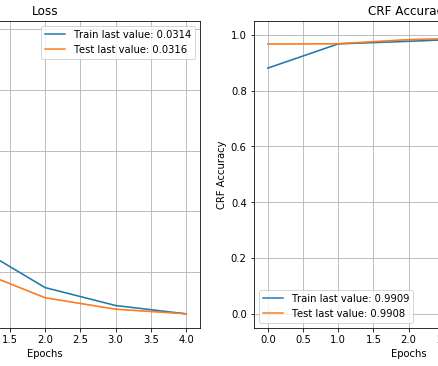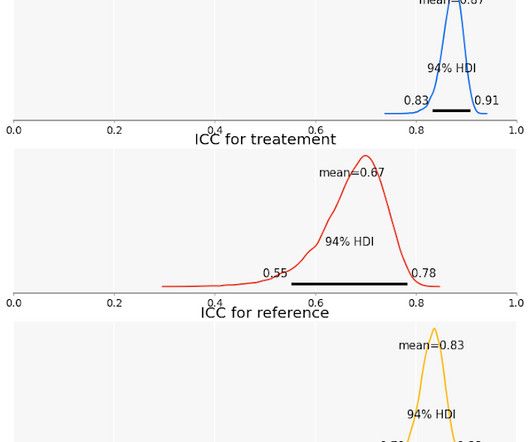ChatGPT, Author of The Quixote
O'Reilly on Data
MARCH 26, 2024
TL;DR LLMs and other GenAI models can reproduce significant chunks of training data. Researchers are finding more and more ways to extract training data from ChatGPT and other models. And the space is moving quickly: SORA , OpenAI’s text-to-video model, is yet to be released and has already taken the world by storm.













Let's personalize your content